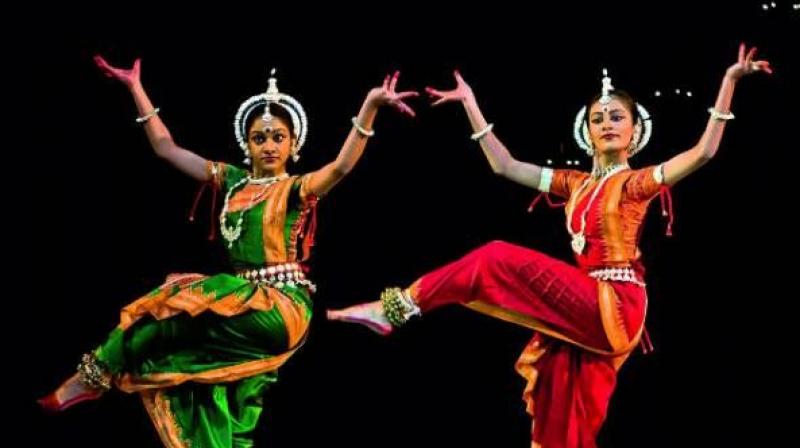Of art and music: Unraveling dance form through these decades
Dancers and choreographers and could discuss ideas and perspective, inspired by a collective creative energy.

I had the opportunity to contribute a few years ago at a seminar, which embarked on the exploration of the unexplored ideal, recounting the contemporary development of various art forms, reflecting the cultural ethos. I found dancers and choreographers and could discuss ideas and perspective, inspired by a collective creative energy. The panel discussion brought out the aesthetics of Indian dance and it was evident that survival and sustainability in the dance arena, are the key issues that often limit the artistic potential of a dancer. I wondered - does this lead to the practice of arts partnership or set a pointer towards path breaking and trend setting options? I undertook a study on a layered research approach on the evolvement of art forms for establishing cultural identity between tradition and modernity.
The study led me to believe that the mutual influence of other dance forms has resulted in realizing a valuable sense of cultural continuity and a certain transformation and transition in the tradition, widening repertoire and systemic presentation of items. 1930 was a significant year for all forms of dance in the country. It was the time, just a few years away from independence, when men and women, educated both in India and abroad, started looking at aesthetics from a different angle. It was the time when tradition started giving way to modernity, giving rise to a remarkable change in the thought process in almost every walk of life. This was the time when no factor, scientific or otherwise, was left untouched by analytical and research oriented thinking.
The Gotipua dances from Orissa, the Kathakali dance from Kerala, the Mayurbanj and Chaw from the north and the Devadasis of the south felt the impact and influence of this resurgence. This was the time when Krishna Iyer and Rukmini Devi gave the Sadir and Dasi Attam a new name called Bharathanatyam. At the same time, two prominent gurus in Kuchipudi brought in a silent revolution in that art, which was maintained till then, with the sanctity of a scripture.
Can we now attribute major components like technological advancement and influence of music which have influenced the enormous transformation into, an otherwise and undisturbed format? In the age of the telecommunication boom, it is inevitable that the methodology of the sound system has to be different. A highly sophisticated stage lighting creates an ambience for the audience to view the programme, with live orchestral support adding to the presentation of the programme with digital recording facilities, graphics, animation and sophisticated mike pick-up. This holds good for any form of dance.
But it is to be realized that inspite of advancement and transformation, mediocrity in style and presentation are also rampant, coupled with uninspiring, unintelligent and uncreative work. The fault lies not only with the dancers but also with the audiences who are not discerning, lulled as they are by passive watching.
(The writer is a well known music critic who has won awards both in India and abroad for propagation of classical arts and music)

